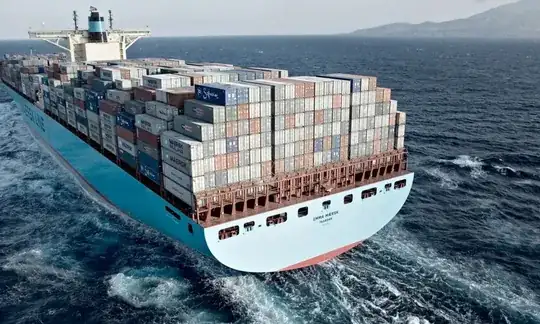I've got a new invention which I think could revolutionize the transportation of people and goods: it's a teleport unit, which can transmit matter from one portal to another regardless of what is in between the portals.
Unlike most teleports, though, it isn't instantaneous. It takes exactly as long as it would take the item being teleported to travel in a straight line between the portals, at the speed the item was introduced to the portal: if it is introduced at 60mph, and the exit portal is 60 miles away, it will appear an hour later, still traveling at 60mph. The item being teleported doesn't seem to experience the time, but just sort of skips over it - it's instantaneous from the traveler's point of view, just not the rest of the world.
The problem is in the marketing of this. Obviously, I can't advertise it as being useful for getting to last minute business meetings: it'll take just as long as travelling in a straight line would, even if you don't experience that time. Testing has shown that people tend to feel a bit uncomfortable if they're travelling in a fast vehicle that goes through a portal where there is a jarring change of light/scenery, so I'm thinking of taking on the container shipping industry. My plan is simply to push containers through the portal, on rails, so the drivers never need to go through either way. I can't help feeling I've overlooked something though...
- It requires a portal at each end, but doesn't draw power beyond what a reasonable electric socket could provide (it doesn't need a power station to run, but can't be set up off-grid really) - this is a continuous draw, so needs to be applied for the full period of transportation, to both ends. It doesn't vary power consumption based on whether anything is going through the portal or not though, nor on the mass of the transported items.
- Haven't found any particular limit to how big the portals can be, but things being sent need to fit through both ends (well, technically not... But only the bits that do get transported...)
- Portals can't be moved while active - offline portals can be moved and reconnected, but anything sent to them while they are offline is lost. They can technically send or receive items, but they will come out scrambled and possibly incomplete. To avoid this, both portals should be stationary relative to a large gravitational pull - all testing has been using the Earth as the anchor, since I don't have any access to space. Don't see any reason why it couldn't be relative to a star or other planet though. Probably makes them less useful for interplanetary travel...
- If something is part way through a portal and stops moving, you get part of it sticking out each end, once the transmitted part reaches the destination. Not sure what happens if you then push from both ends... It seems unlikely to be good.
- If the power fails or is cut off, anything in the portal (e.g. has entered at one end and not yet exited from the other) is lost. Not sure where it goes - haven't found anything that suffered this fate yet. Stuff pushed directly into to an offline portal just goes through the space the portal encloses (like an open door). Stuff pushed into a portal where the other end is offline is lost.
- They are bidirectional. Can put stuff in either end, and it comes out the other end, assuming the power is kept on to both portals at all times.
What's the best way to utilise this invention to get rich?

If light doesn't go through the portals, how can people survive the second or so that it takes to finish entering the portal? How can objects stay solid?
There are SO MANY impossible things made possible by your portals, that I don't think it's even possible to write a story around them. The world would be unrecognizable.
– Ross Presser Oct 23 '18 at 16:23